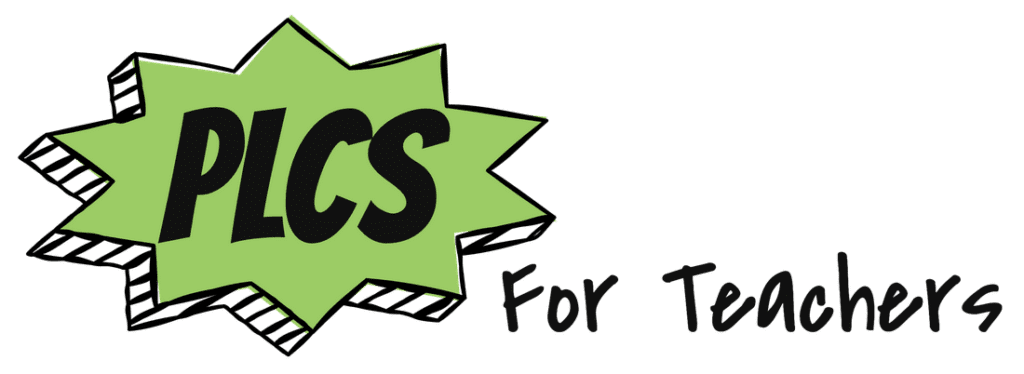So, you’ve been asked to be part of a Professional Learning Community (PLC) at your school. And right now, you might be wondering, “What’s the point?” It’s not uncommon to feel this way, especially with all the other things on our plates. But stick with me for a bit, and let’s chat about why PLCs can be a game-changer for you and your teaching practice.

The Lowdown on PLCs
First things first, let’s unpack what a PLC is. It’s a group of educators who meet regularly to share expertise and work collaboratively to improve teaching skills and the academic performance of students. It sounds a bit formal, I know, but think of it as a teacher’s club where we all work together to make our jobs a bit easier and more effective.
The “Why” Behind PLCs
Now, why should you care about PLCs?
- We’re Stronger Together: Teaching can sometimes feel like a solitary gig, but it doesn’t have to be. In a PLC, you’re part of a team working together to tackle challenges. It’s a place where we can learn from each other, share ideas, and feel supported.
- Boost Your Skills: Ever feel like you’re in a teaching rut? PLCs can be a great way to learn new strategies and techniques from your peers. It’s like a mini professional development session right in your school.
- Better Outcomes for Our Students: The ultimate goal of PLCs is to improve the learning experience for our students. By working together and improving our practice, we can help our students thrive.
Making the Most of Your PLC
So, how can you get the most out of your PLC? Here are a few tips:
- Be Open and Honest: Share your victories, your challenges, and be open to feedback. Remember, everyone’s there to support each other.
- Take an Active Role: Don’t just sit back and listen. Engage in the discussions, ask questions, share your ideas. Your input is valuable!
- Apply What You Learn: Try to implement the strategies and techniques you learn in your classroom. You might be surprised at the results!
Wrapping Up
I get it, another “thing” on your to-do list might seem overwhelming. But remember, a PLC isn’t just a box to check. It’s an opportunity for growth, collaboration, and making our jobs a bit easier and more rewarding. So, let’s embrace it, and see what we can accomplish together!
Remember, teaching is a journey, and we’re all in this together.





